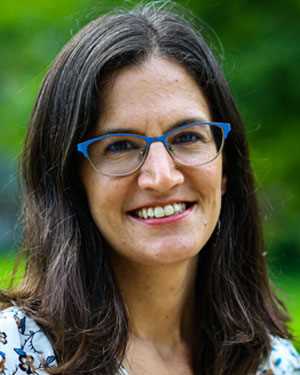From the Director
By Elizabeth Miller, ISGA Director
Theologians and missiologists have sometimes used the image of a mosaic to illustrate how different cultural expressions and faith traditions can contribute to a more complex and varied understanding of who we are as church communities and what the Holy Spirit is doing among us collectively.
Yet mosaics are not simply composite images. Although the individual pieces are located next to each other in a larger arrangement, they do not fit together perfectly; mosaics are inherently fragmented.
“These things, while they might stand beside one another, could never be combined,” writes Sofia Samatar in her memoir, The White Mosque. “There was really no way to put them together, except as a mosaic: that is, as a shattering.”
What if, as Samatar suggests, the cracks are a crucial part of our relatedness?
Sometimes these cracks trace painful histories; other times they may mark unique expressions of faith in individual contexts. Either way they are vital to the composition of the larger mosaic. Indeed, the kind of constructive and contextualized methodology proposed by ISGA Research Fellow Danang Kristiawan in this issue of Rhizome is simply not possible without attention to the cracks. Kristiawan holds the tension of a desire for togetherness within the global Mennonite family, on the one hand, and the need to uphold the struggles and experience of Indonesian Mennonites on the other. This is not an easy tension to carry, but as Samatar so poetically concludes, “This is the source of light.” May that light be a guide to us all.
Elizabeth Miller
Director of the ISGA/MHL and Assistant Professor of History at Goshen College





